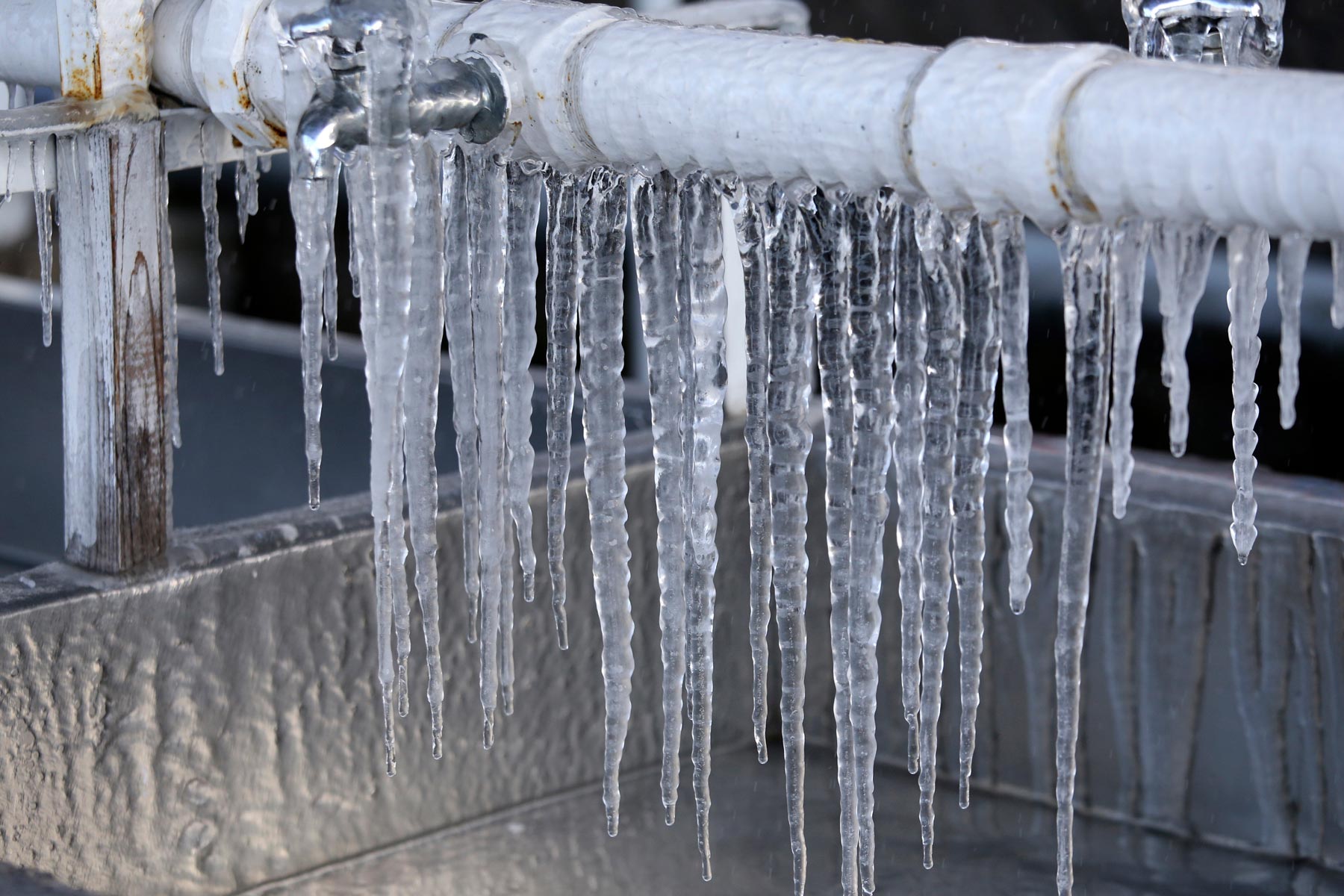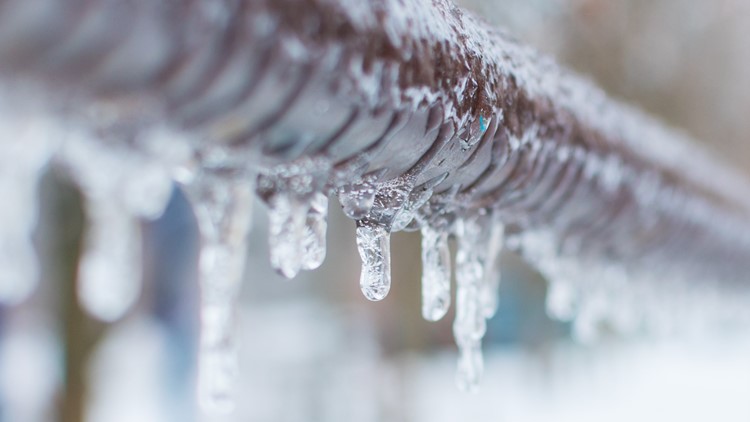We've come across this great article pertaining to How to Prevent Your Pipes From Freezing listed below on the internet and felt it made good sense to relate it with you on this page.

Cold weather can ruin your pipes, especially by freezing pipes. Here's just how to stop it from occurring and what to do if it does.
Introduction
As temperature levels decrease, the risk of icy pipes rises, potentially bring about expensive repairs and water damages. Understanding exactly how to prevent frozen pipes is crucial for home owners in chilly environments.
Recognizing Icy Pipes
What causes pipelines to ice up?
Pipes ice up when revealed to temperatures below 32 ° F (0 ° C) for extended periods. As water inside the pipelines ices up, it increases, taxing the pipeline wall surfaces and potentially causing them to rupture.
Threats and problems
Icy pipelines can bring about supply of water interruptions, building damages, and pricey repair services. Burst pipes can flooding homes and trigger substantial structural damages.
Indicators of Frozen Piping
Recognizing frozen pipes early can avoid them from bursting.
Just how to identify frozen pipes
Try to find lowered water flow from faucets, uncommon smells or sounds from pipelines, and noticeable frost on revealed pipelines.
Prevention Tips
Protecting susceptible pipes
Wrap pipelines in insulation sleeves or make use of heat tape to secure them from freezing temperatures. Focus on pipelines in unheated or outside areas of the home.
Home heating methods
Maintain interior areas sufficiently heated up, specifically locations with pipes. Open up cupboard doors to enable cozy air to distribute around pipelines under sinks.
Securing Outside Pipes
Garden pipes and outdoor faucets
Separate and drain yard pipes before winter months. Set up frost-proof spigots or cover exterior faucets with shielded caps.
What to Do If Your Pipes Freeze
Immediate activities to take
If you think icy pipelines, keep taps open to soothe stress as the ice thaws. Use a hairdryer or towels soaked in warm water to thaw pipes slowly.
Long-Term Solutions
Structural changes
Consider rerouting pipes away from exterior walls or unheated locations. Include additional insulation to attic rooms, cellars, and crawl spaces.
Updating insulation
Buy top quality insulation for pipes, attic rooms, and walls. Appropriate insulation helps maintain consistent temperatures and minimizes the threat of icy pipelines.
Verdict
Stopping icy pipes calls for aggressive procedures and quick actions. By comprehending the reasons, indicators, and preventive measures, home owners can safeguard their pipes throughout cold weather.
5 Ways to Prevent Frozen Pipes
Drain Outdoor Faucets and Disconnect Hoses
First, close the shut-off valve that controls the flow of water in the pipe to your outdoor faucet. Then, head outside to disconnect and drain your hose and open the outdoor faucet to allow the water to completely drain out of the line. Turn off the faucet when done. Finally, head back to the shut-off valve and drain the remaining water inside the pipe into a bucket or container. Additionally, if you have a home irrigation system, you should consider hiring an expert to clear the system of water each year.
Insulate Pipes
One of the best and most cost-effective methods for preventing frozen water pipes is to wrap your pipes with insulation. This is especially important for areas in your home that aren’t exposed to heat, such as an attic. We suggest using foam sleeves, which can typically be found at your local hardware store.
Keep Heat Running at 65
Your pipes are located inside your walls, and the temperature there is much colder than the rest of the house. To prevent your pipes from freezing, The Insurance Information Institute suggests that you keep your home heated to at least 65 degrees, even when traveling. You may want to invest in smart devices that can keep an eye on the temperature in your home while you’re away.
Leave Water Dripping
Moving water — even a small trickle — can prevent ice from forming inside your pipes. When freezing temps are imminent, start a drip of water from all faucets that serve exposed pipes. Leaving a few faucets running will also help relieve pressure inside the pipes and help prevent a rupture if the water inside freezes.
Open Cupboard Doors
Warm your kitchen and bathroom pipes by opening cupboards and vanities. You should also leave your interior doors ajar to help warm air circulate evenly throughout your home.

I came across that article on Prevent Frozen Pipes when doing a lookup on the internet. Enjoyed our piece of writing? Please share it. Let others find it. I thank you for reading our article about How to prepare your home plumbing for winter weather.
Schedule Appointment